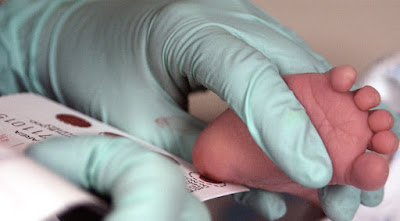Research opens up new avenues for cystic fibrosis treatment
Cystic fibrosis may be a genetic that commonly affects individuals of European descent. The condition is caused by mutations within the gene coding a protein known as “cystic pathology transmembrane electrical phenomenon regulator” (or CFTR for short). CFTR forms a channel within the membrane of cells within the lungs that facilitate transport salt across the membrane. Mutated versions of the protein don't seem to be as efficient at transporting salts, and eventually this damages the respiratory organ tissue. As the harm progresses, people become terribly susceptible to microorganism infections that additional harm the lungs and eventually result in death.
One of the explanations CFTR mutations are harmful is that they cause the protein to fold up incorrectly and stay bound within the cell. Cells have quality control systems that recognize and destroy poorly folded proteins, and then solely many of the mutated CFTR proteins ever build it to the membrane to maneuver salts. New therapies have been developed that improve folding of the protein and/or help the CFTR proteins that make it to the membrane work better. However a lot of and higher treatment choices are required.
Ramanath Hegde, Seetharaman Parashuraman and colleagues have currently tested drugs that control how proteins fold and move to the membrane to visualize if they have an effect gene expression in cells with the most common cystic fibrosis-causing mutation. These drugs are known to boost the activity of the CFTR mutant, however do therefore too debile to be of clinical interest. The experiments revealed that the expression of few hundred genes was changed in response the drug. Several of those genes were concerned in major signalling pathways that management however CFTR is sunburst and trafficked at intervals cells.
Next, Hegde, Parashuraman and colleagues tested drug that inhibit these signalling pathways to visualize if they improve salt handling within the mutated cells. The experiments demonstrated that these inhibitor drugs efficiently block the breakdown of misfolded CFTR, or boost the probability of CFTR making it to the membrane, helping to improve salt trafficking within the cells. The inhibitors produce even better results when utilized in combination with a known CFTR-protecting drug. The results suggest that identifying and targeting signalling pathways involved in the folding, trafficking, and breakdown of CFTR might prove a promising way to treat CF.




Comments
Post a Comment